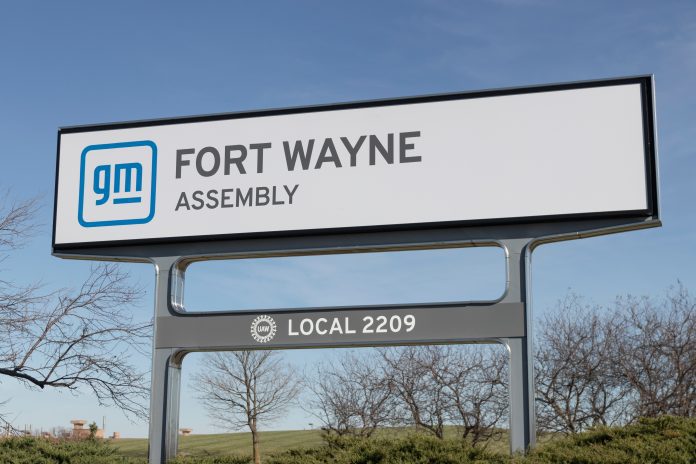General Motors has achieved a significant milestone in energy efficiency, reducing natural gas consumption by 30% at its Fort Wayne, Indiana, assembly plant compared to a 2019 baseline. The innovative project, which repurposes waste heat from gas-powered generators to heat the facility and protect emergency sprinkler systems from freezing, earned GM recognition from the U.S. Department of Energy (DOE). Maria Vargas, director of DOE’s Better Climate Challenge, visited the plant to commend GM’s leadership in sustainability.
The energy-saving initiative at Fort Wayne Assembly is a critical component of GM’s broader goal to reduce greenhouse gas emissions from its operations by 72% by 2035 and achieve carbon neutrality by 2040. The project’s success is underscored by its environmental impact, equating to the energy required to heat 4,900 homes for a year. Additionally, reducing natural gas and electricity usage translates to an annual savings of $3.5 million for GM.
At Fort Wayne Assembly, in partnership with GM’s energy team, employees have developed an energy solution to cut carbon emissions during truck assembly. GM’s commitment to sustainability is evident in this project, whether producing electric or internal combustion vehicles.
Following the success at Fort Wayne, GM plans to deploy a similar heat recovery system at its St. Catharine’s Propulsion Plant in Ontario. The system is expected to be operational next year.
Fort Wayne Assembly, which employs 4,300 workers, manufactured over 292,000 Chevrolet Silverado 1500 and GMC Sierra 1500 trucks last year. According to a study by Oxford Economics, GM’s Indiana operations, including Fort Wayne, employ more than 6,200 people and support an additional 15,050 jobs through partnerships and suppliers. GM has a long-standing presence in Indiana, having operated in the state for nearly 90 years and investing over $2.8 billion in its Indiana manufacturing operations since 2013.



